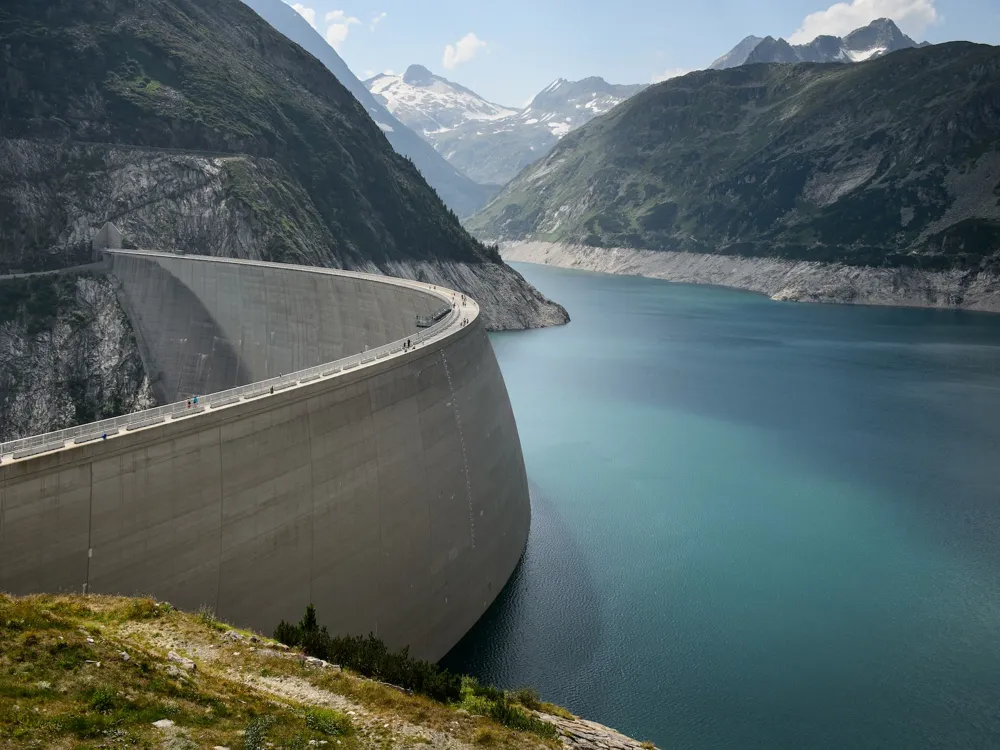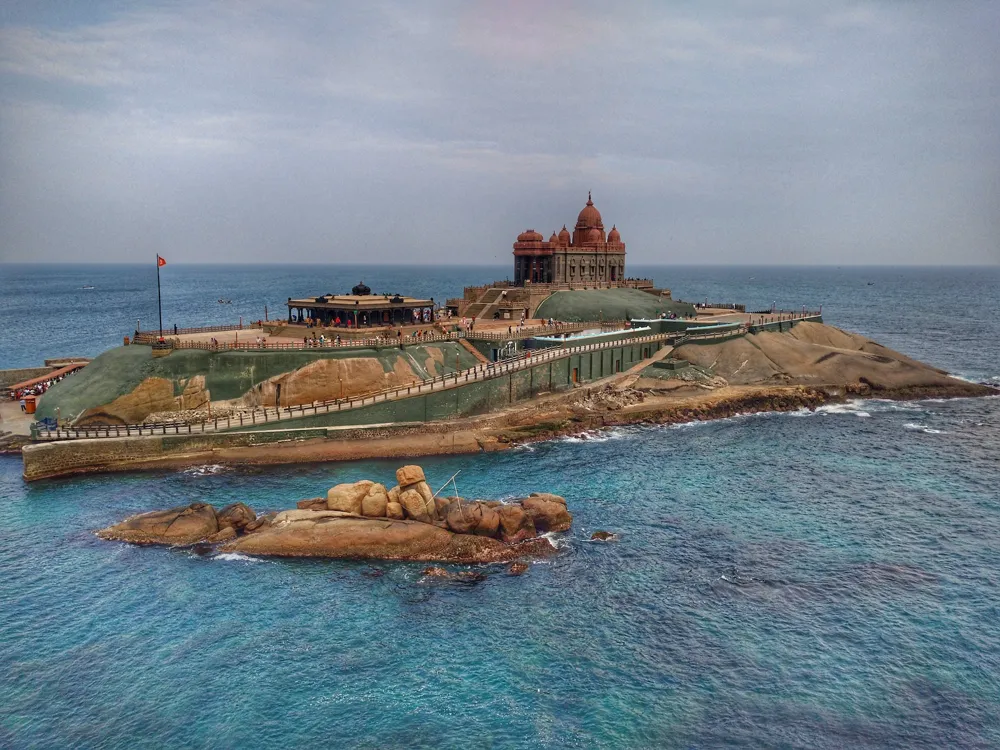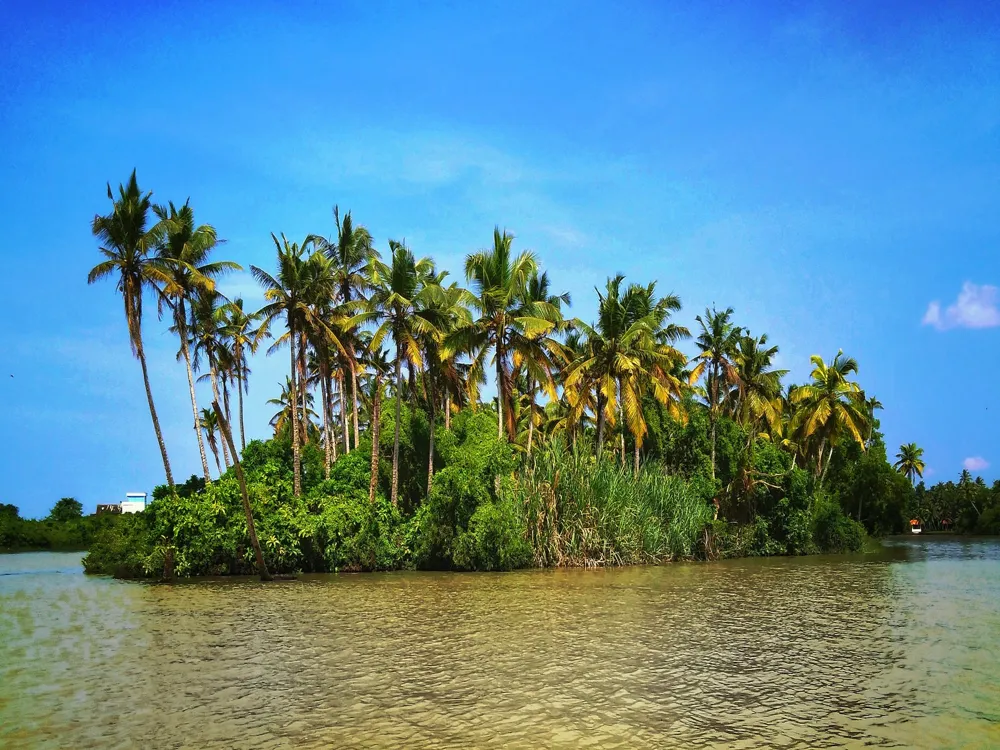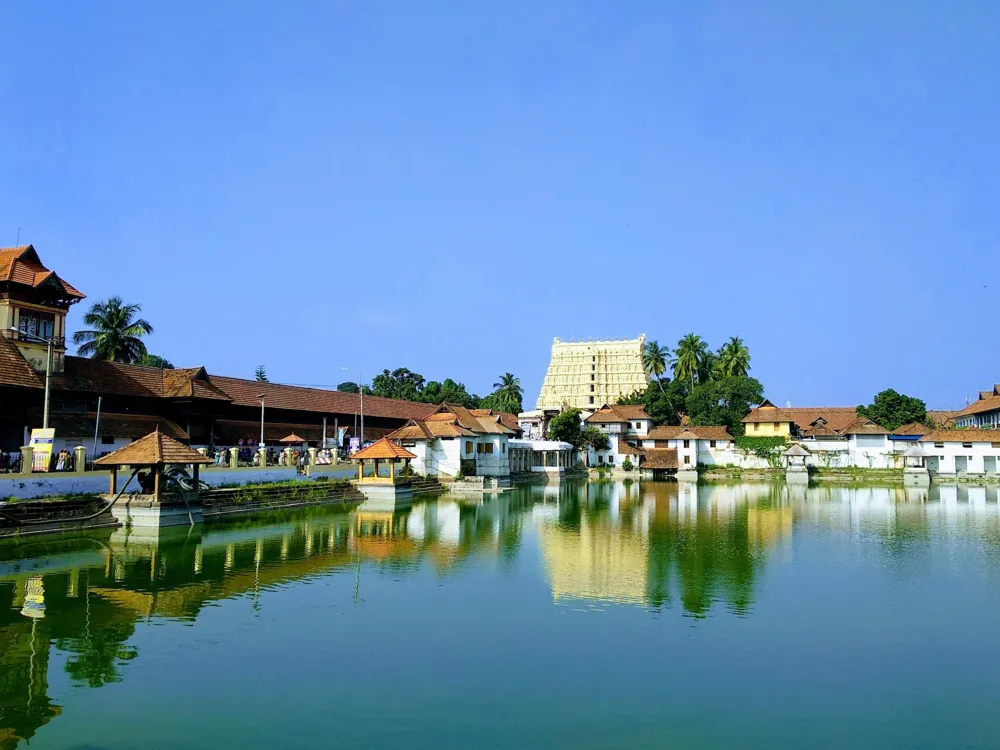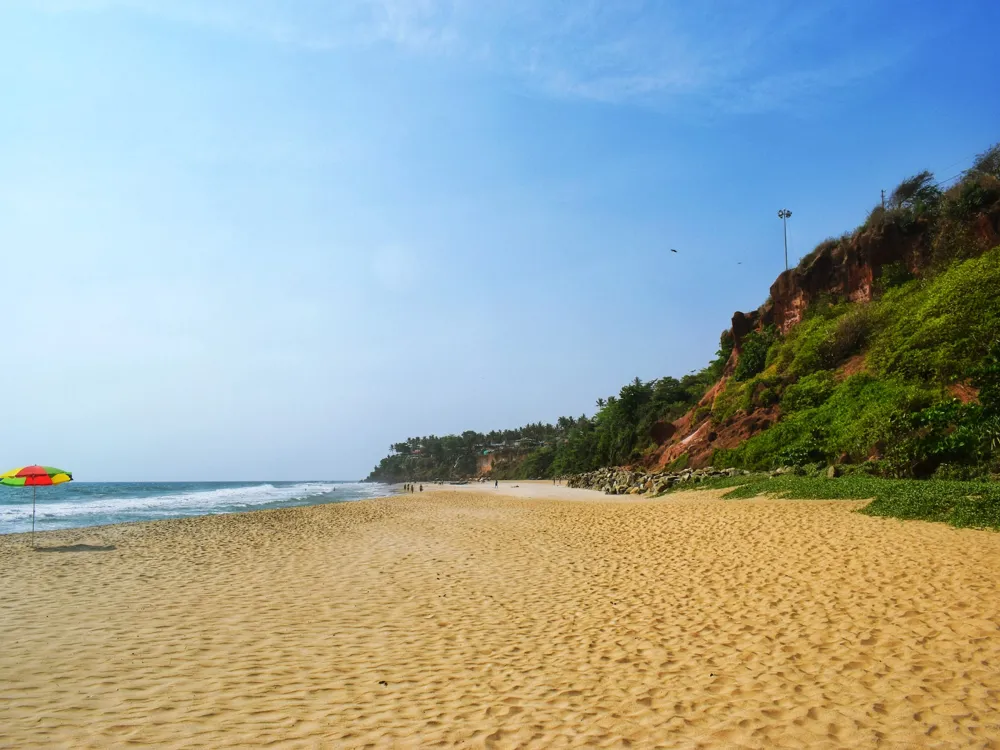The Artificial Off Shore Coral Reef in Kovalam, Kerala, stands as a testament to innovative marine conservation and engineering. This pioneering project, initiated to protect the coastal line and enhance marine biodiversity, has transformed the region into a vibrant ecosystem. The reef, located off the coast of Kovalam, serves multiple purposes, including coastal protection, tourism, and as a habitat for a diverse range of marine life. The idea of an artificial coral reef was conceived as a response to the severe beach erosion affecting the Kovalam coastline. Traditional methods of coastal protection were proving inadequate, and the need for a sustainable and eco-friendly solution was evident. The artificial reef, designed to mimic the characteristics of natural coral reefs, plays a crucial role in breaking the force of incoming waves, thus reducing coastal erosion and protecting the shoreline. The introduction of this artificial reef has led to a significant increase in marine biodiversity in the area. Species that were once rare in Kovalam, such as certain types of fish, crustaceans, and even sea turtles, have found a new habitat within the reef structure. The reef has also become a focal point for marine research and education, providing valuable insights into coral ecology and the broader marine environment. Beyond its environmental impact, the Artificial Off Shore Coral Reef of Kovalam has also become a major tourist attraction. It offers unique opportunities for snorkeling, scuba diving, and marine observation, drawing visitors from around the world. This influx of tourism has positively impacted the local economy, creating jobs and fostering a deeper appreciation for marine conservation among the local community and tourists alike. The architecture of the Artificial Off Shore Coral Reef in Kovalam is a marvel of modern engineering and environmental science. The design and construction of the reef were guided by a deep understanding of marine ecology, hydrodynamics, and material science. The project involved extensive research and collaboration between marine biologists, engineers, and environmentalists, ensuring that the structure would be both effective and environmentally sustainable. The reef is constructed from a series of large, specially designed concrete modules. These modules were carefully designed to provide a complex, porous structure that mimics the features of natural coral reefs. The porosity and surface texture of the modules are critical, as they allow for the attachment and growth of real corals, algae, and other marine organisms. Over time, these organisms colonize the concrete structures, gradually transforming them into a living reef. Each module was strategically placed on the sea floor to create the most beneficial impact on wave energy and marine life colonization. The arrangement of the modules was determined based on hydrodynamic models, ensuring that the reef would effectively break wave energy, reducing coastal erosion and providing calm waters for the growth of marine life. The construction materials used for the reef were chosen for their durability and environmental compatibility. The concrete used is specially formulated to withstand harsh marine conditions and to promote the growth of marine organisms. The reef's design also took into account the need for maintenance and the potential for future expansion, ensuring that the structure could adapt to changing environmental conditions and scientific advancements. When visiting the reef, it's crucial to maintain a respectful distance from the marine life. Avoid touching or disturbing the corals and sea creatures, as they are delicate and can be easily harmed. If you're snorkeling or scuba diving, be aware of your surroundings and maintain good buoyancy control. Avoid standing or resting on the reef, as this can cause significant damage to the coral structures. Keep the reef clean and pristine by not leaving any trash behind. Use eco-friendly sunscreens and avoid products that can harm marine life. Consider taking a guided tour for a more educational and informative experience. Local guides can provide insights into the reef's ecosystem and point out interesting marine life. The Artificial Off Shore Coral Reef in Kovalam, Kerala, is accessible by various means of transport. For international visitors, the nearest airport is Trivandrum International Airport, located about 15 kilometers from Kovalam. From the airport, one can take a taxi or a bus to reach Kovalam. For those traveling by train, the nearest railway station is Trivandrum Central, which is well-connected to major cities in India. Upon reaching Kovalam, visitors can find numerous local transport options, including taxis, auto-rickshaws, and buses, to reach the coastal area from where boat services are available to take tourists to the reef. Read More:Overview of the Artificial Off Shore Coral Reef of Kovalam, Kerala
Architecture of the Artificial Off Shore Coral Reef
Tips When Visiting the Artificial Off Shore Coral Reef
Respect Marine Life
Snorkeling and Scuba Diving Etiquette
Environmental Responsibility
Guided Tours
How To Reach Artificial Off Shore Coral Reef
Artificial Off Shore Coral Reef
Kovalam
Kerala
₹ 7,000 onwards
View kovalam Packages
Weather :
Tags : Landmark
Timings : 10:00 AM - 5:00 PM
Time Required : 1-2 Hrs
Entry Fee : No entry fee
Planning a Trip? Ask Your Question
Kovalam Travel Packages
View All Packages For Kovalam
Top Hotel Collections for Kovalam

Private Pool

Luxury Hotels

5-Star Hotels

Pet Friendly
Top Hotels Near Kovalam
Other Top Ranking Places In Kovalam
View All Places To Visit In kovalam
View kovalam Packages
Weather :
Tags : Landmark
Timings : 10:00 AM - 5:00 PM
Time Required : 1-2 Hrs
Entry Fee : No entry fee
Planning a Trip? Ask Your Question
Kovalam Travel Packages
View All Packages For Kovalam
Top Hotel Collections for Kovalam

Private Pool

Luxury Hotels

5-Star Hotels

Pet Friendly








